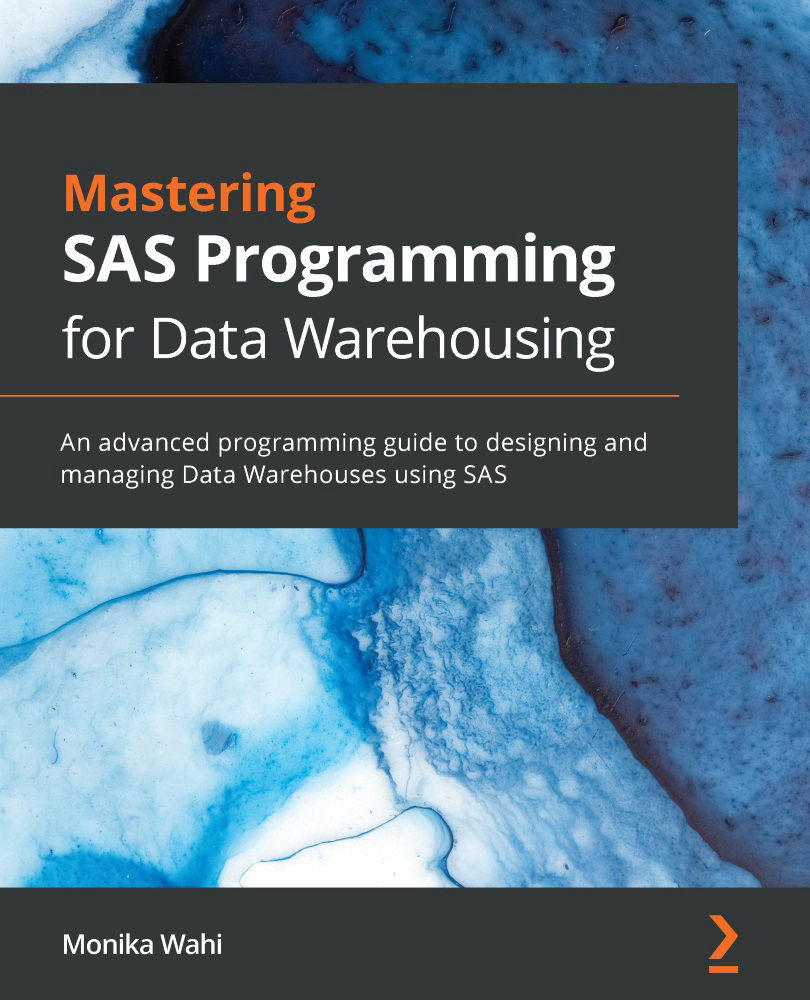Chapter 2
The XPT format is a SAS format used for reducing the size of
*.SAS7bdatdatasets so they can be transported and extracted into another SAS system.The
GUESSINGROWSoption inPROC IMPORTallows the user to set how many rows SAS reads in order to guess theinformat,format, andinputcodePROC IMPORTautomatically generates for theinfilestatement.Using
PROC IMPORTwith a dataset induces SAS to guess at buildinginfilecode. SAS automatically builds this code, then outputs to the log file. Even if this code has errors, much of the generated code is helpful to the programmer because it already hasformat,informat, andinputlines for each variable in the source dataset. The programmer can copy this generated code from the log file into a code file and edit out the errors.Because fixed-width files do not have delimiters, and the analyst must include in SAS
infilecode the positions for each character of each variable in each row (or record). Without documentation...


































































